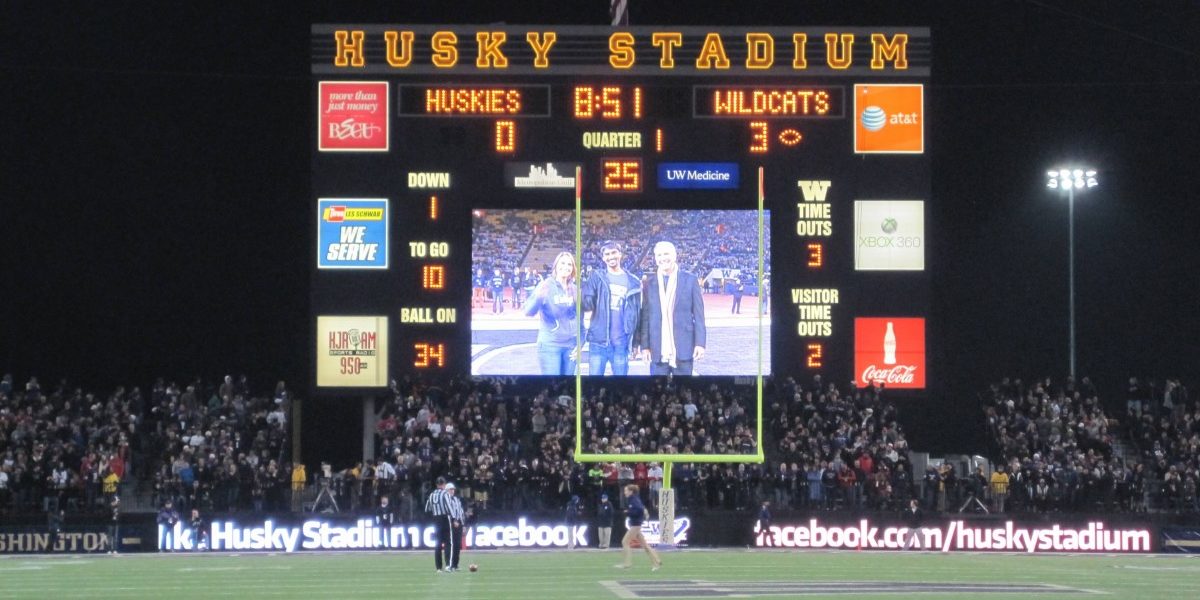Amidst the exciting atmosphere of a sports arena, you will see fans sitting on the edges of their seat while critical plays take place on the grounds and they will suddenly break into cheerful celebration as their favorite athletic performers do well on the field.
With the existence of so much energy within a stadium, how can LED signs add to the excitement and experience? How can integrators face the challenges and issues that come with stadium LED signs?
Provide entertainment, not just information
Experts of the electronics industry believe that true value of digital signage is realized when entertainment and interesting information is provided to sports fans. Apart from the statistics such as scores, digital signage in a stadium should also tell a story. For example, the LED display can provide background information about a player (his/her family, hobbies, interests, etc). This will remind the audience that their favorite players are not just celebrities but they too have a personality just like everyone else around us.
Setting up interactive kiosks in a stadium is also a good idea to engage fans further into the stadium experience. One such example with interactive kiosks is to let fans take selfies with virtual players, which they can print out there or email to themselves for a softcopy.
Flexible content
While the main source of income for stadiums are sporting events, they also earn through concerts, religious events and corporate meetings. For such non-game events, stadium LED signs are particularly useful for things like corporate presentations and live relays of speakers at a conference. Hands on demos of innovative technology can also be displayed on LED screens. Vendors of stadium LED signs can offer powerful content management systems that can handle such a wide range of content.
Guide a fan’s experience
Electronic signs in a stadium are not just used for providing information and entertaining fans, but also to guide their experiences through wayfinding. With stadium LED signs, fans can be guided from one area to another to promote action happening elsewhere. Or for example, if an interactive kiosk is placed at one end of the building, fans can be directed towards that kiosk with the help of digital signs pointing to the right direction.
Stadiums could also invest in wayfinding kiosks that display ‘recommended areas’ of the stadium that a customer should visit. Moreover, with the help of analytical tools (Internet of Things), stadiums can identify common places where fans tend to wander away and accordingly guide them to the right direction. By investing in these tools, the ‘value’ of your stadium increases.
The ultimate goal for a stadium should be to give the fans a better experience by attending the game/event. It should not be used simply as a distraction or an advertising tool; instead, it should offer something that the fans will truly value. By creating an enhanced customer experience, you are automatically encouraging fans to spend more time and money at the stadium, which is in turn profitable for the stadium itself!







